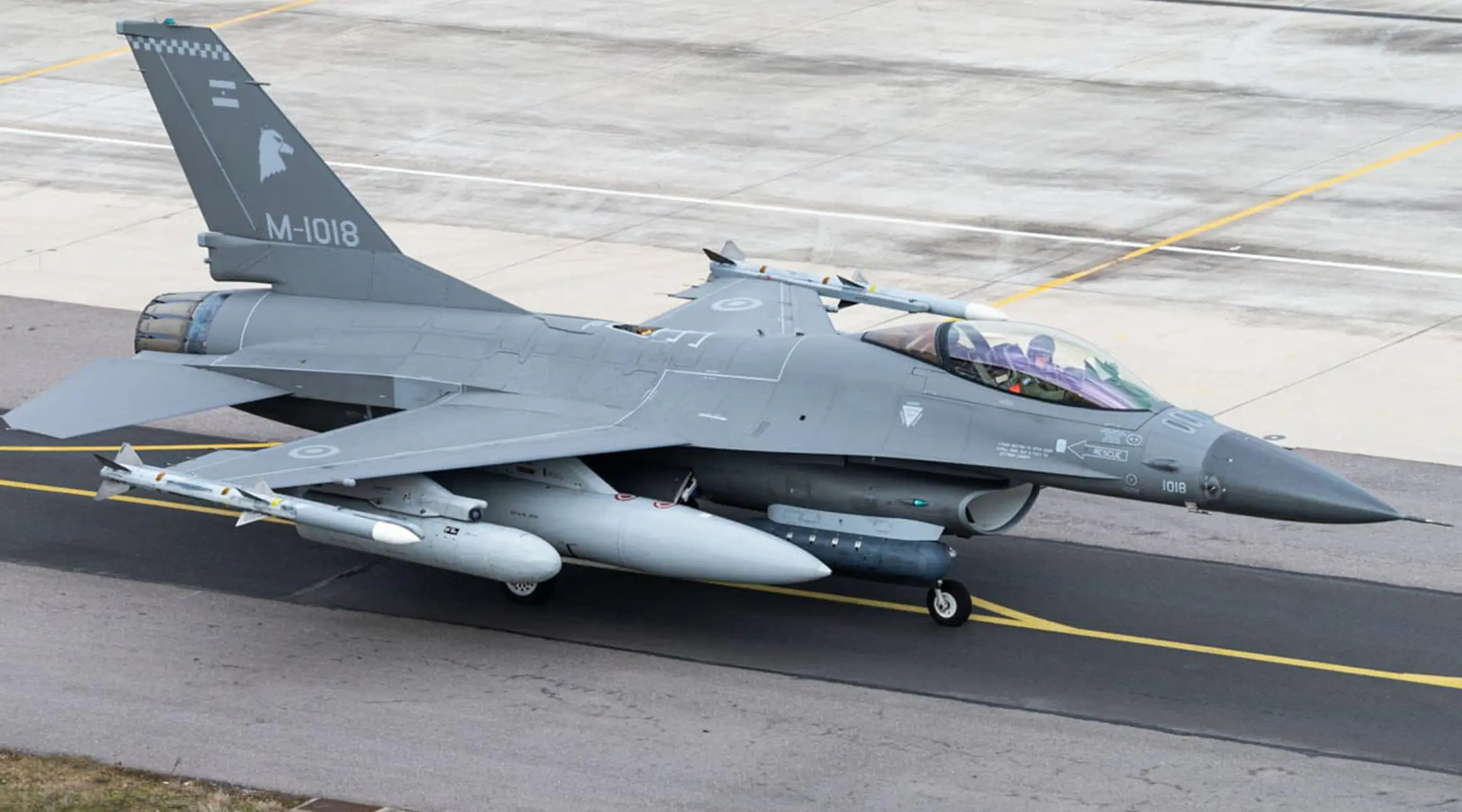Argentine (Transatlantic Today)— The Argentine Air Force (FAA) has enhanced its supersonic fighter capabilities by acquiring 24 F-16 Fighting Falcons from the Royal Danish Air Force. This acquisition follows an agreement signed by the Defense Ministries of Argentina and Denmark in Copenhagen on April 16.
Strategic decision
“This was a logical and necessary step,” explained Juan Belikow, defense expert and professor of international relations at the College of Buenos Aires, in an interview with Diálogo on 26 April. “The Argentine armed forces have always owned material and technology from the United States and other European countries.”
As the Argentine news portal World Stage reports, Argentina opted for the F-16 over a Chinese offer for the JF-17 Thunder because the American aircraft is superior in terms of combat power, technology and maintenance. This move is seen as a setback for China, which has been trying to sell its aircraft to Argentina for over a decade.
Financial and Operational Considerations
Brigadier General Xavier Isaac, head of the Joint Chiefs of Staff of the Argentine Armed Forces, told La Nación, “The purchase of the F-16 supersonic fighter aircraft from Denmark, with military equipment provided by the US, was the most favourable option for Argentina, surpassing China’s offer for the JF-17 Thunder.”
Modernization Efforts
The Argentine Ministry of Defense stressed that these new aircraft restore supersonic capability, marking the FAA’s entry into the technological challenges of the 21st century.
According to Dialogo, on April 18, the US Embassy in Argentina announced that the US will provide $40 million in foreign military financing to help Argentina modernize its defence. This security assistance program enables Argentina to purchase defense products, training, and services from the United States, improving its interoperability and contributing to the acquisition of F-16 jets.
Boosting Bilateral Relations
“With this American collaboration, the current Argentine government is returning to a more traditional scheme,” Belikow noted. The US has a longstanding and reliable relationship with Argentina in military acquisitions, training, and professional education, according to the US Embassy, led by Ambassador Marc Stanley.
In late March, Argentine Minister of Defense Luis Petri signed a memorandum with Ambassador Stanley to advance a cooperation agreement in cybersecurity. This agreement will enable the Argentine Armed Forces to better understand digital threats, with Argentine military personnel expected to travel to the US for training.
Expanding Military Cooperation
US Army General Laura J. Richardson, commander of the US Southern Command (SOUTHCOM), visited Argentina from April 2 to 6, meeting with President Javier Milei and participating in the donation of a Hercules C-130 aircraft to strengthen the FAA’s humanitarian and defense capabilities. Gen. Richardson also visited the Austral Naval Area in Ushuaia, Tierra del Fuego.
In an interview with the Argentine magazine DEF, General Richardson expressed confidence in advancing the transfer of new military equipment to Argentina, including the potential acquisition of 250 8×8 Stryker armored vehicles and the establishment of a maintenance plant in the country.
Future Prospects
President Milei announced on April 5 in Ushuaia the initiative to build an integrated naval base with the United States. This base will serve as a significant logistics center and a gateway to Antarctica, enhancing Argentina’s strategic position.
“With American support, Argentina will be able to counter Chinese and Russian advances in Latin America,” Belikow concluded. This support will enable Argentina to participate again in multinational exercises such as UNITAS.


























